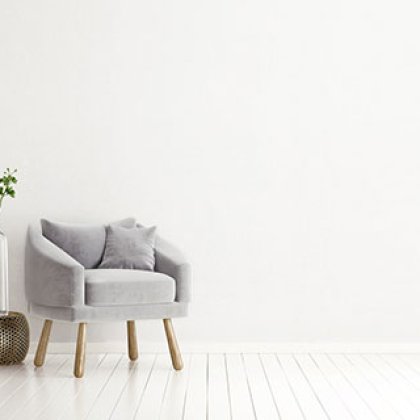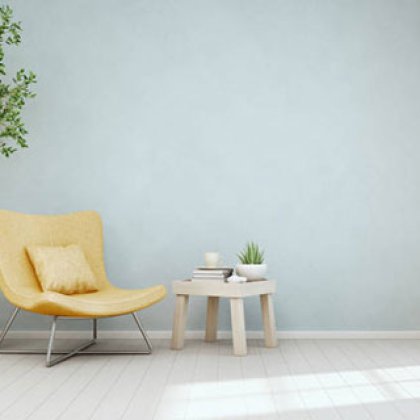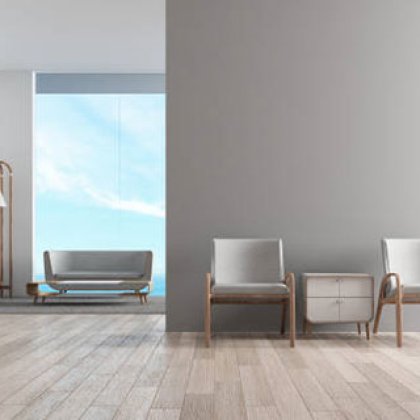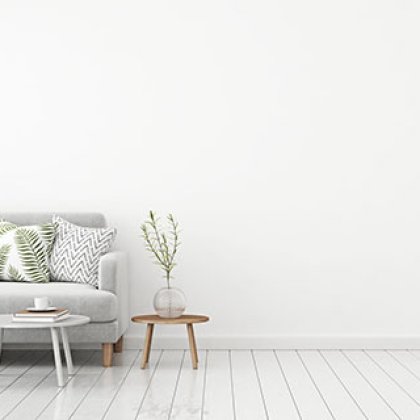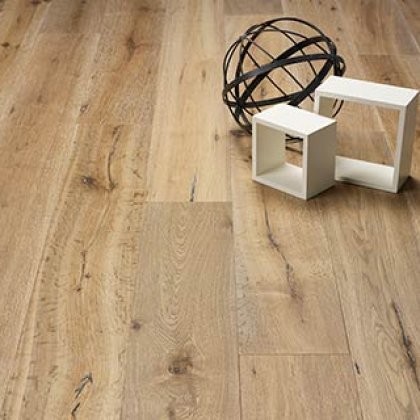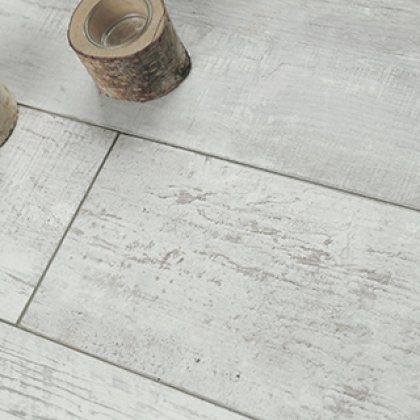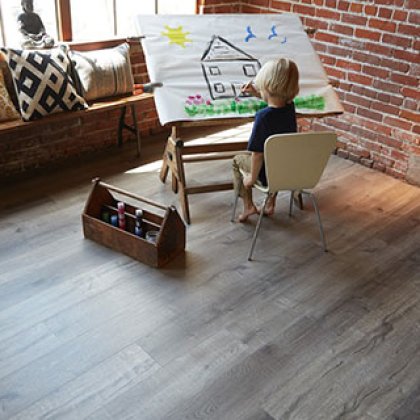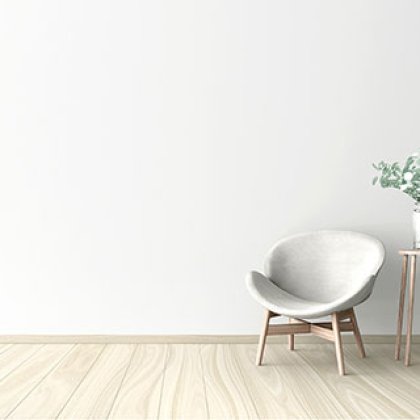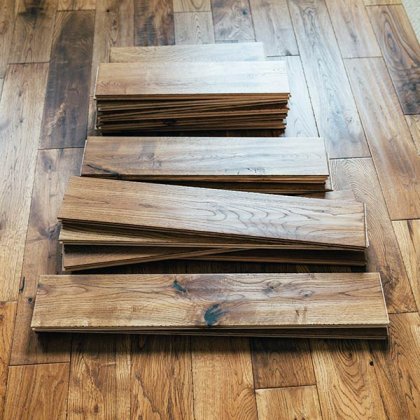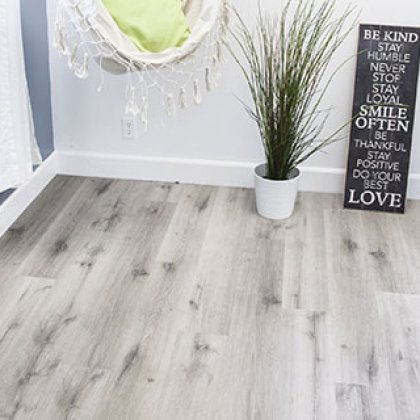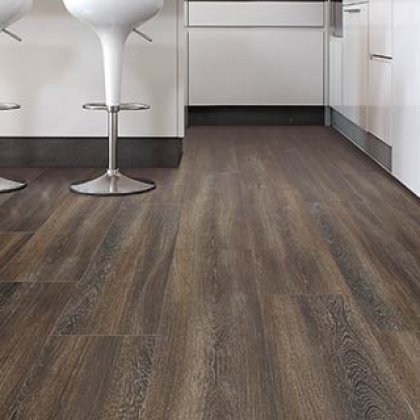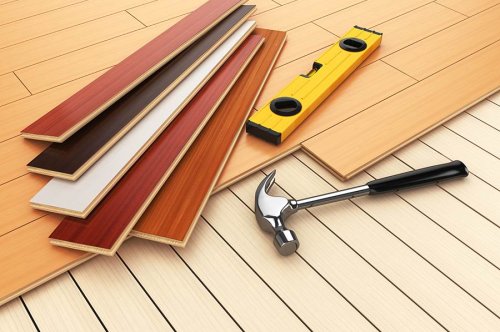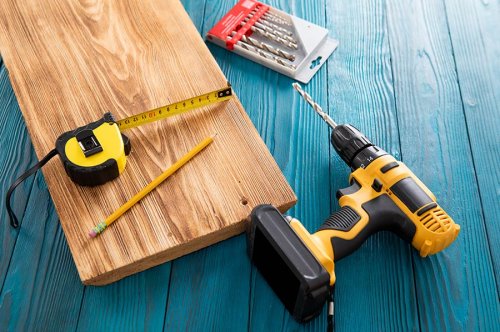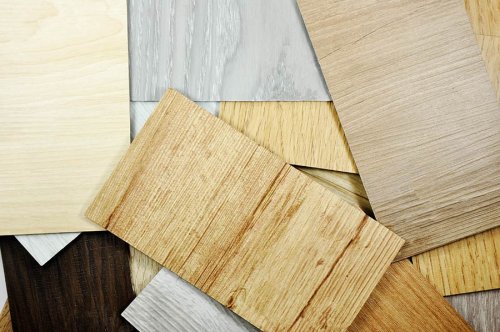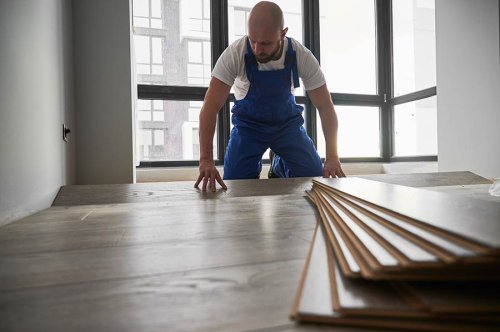Laminate or Hardwood? Ultimate Flooring Showdown
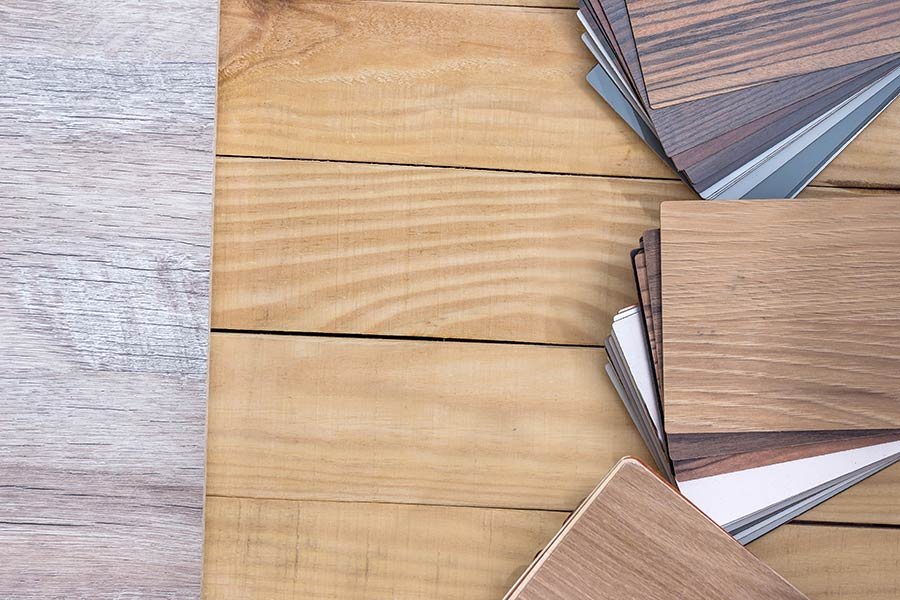
Choosing between laminate and hardwood flooring can feel like a heavyweight battle. On one side, you have the classic beauty of hardwood floors that scream luxury and longevity. On the other, laminate flooring offers a cost-effective and durable alternative that can mimic almost any look. Both options have their champions and critics, but which one truly deserves the crown in your home? Dive into this post to discover the key differences, pros, cons, and insider tips to make an informed decision that aligns with your lifestyle, budget, and aesthetic preferences.
Key Takeaways
- Hardwood offers a classic, long-lasting look but comes at a higher cost and requires more maintenance.
- Laminate flooring is budget-friendly and easier to maintain, making it a good choice for busy households.
- Consider the room's use and traffic before deciding; hardwood is best for low-traffic areas, while laminate works well in high-traffic spaces.
- The appearance of laminate has improved, closely mimicking hardwood, but hardwood can add more value to your home.
- When choosing flooring, think about long-term costs. Hardwood can be refinished, but laminate will need to be replaced.
- Both options have eco-friendly choices; look for sustainable wood or laminate with low VOC emissions.
Key Differences Between Laminate and Hardwood
Materials Used
Laminate floors are made from synthetic materials. They have a printed layer on top that looks like wood.
Hardwood floors are all natural. They come from trees like oak and maple. This makes them unique in appearance.
Cost Differences
Buying hardwood floors costs more money. They are seen as a luxury choice for homes.
Laminate flooring is less expensive. It's a good option for people who want to save money but still have a nice-looking floor.
Installation Methods
Laminate floors use a click-lock system. This means they can be put together easily, often by the homeowner themselves.
Hardwood requires more work to install. It needs nails or glue to keep it in place. This can mean hiring professionals.
Structure and Composition of Hardwood
Solid Planks
Hardwood floors come from solid wood planks. Workers cut these from different trees. Each plank shows the tree's history.
The planks have unique marks. No two are the same. This makes each hardwood floor special.
Grain Patterns
Trees have natural grain patterns. These patterns show up in the wood planks. They give beauty and depth to floors.
Colors in the wood can vary too. This adds more uniqueness to your floor. It can match many styles of homes.
Refinishing Potential
One big plus of hardwood is its long life. You can sand and refinish it many times. This means you can keep it looking new for years.
It's a good choice if you want flooring that lasts. And if you like changing your home's look, it's perfect.
Understanding Laminate Flooring
Laminate Basics
Laminate flooring stands out as a multi-layer synthetic product. It combines several layers to achieve durability and an attractive appearance.
The core layer provides stability. It's made of high-density fiberboard. This makes laminate strong.
Photographic Layer
The key feature of laminate is its photographic layer. This layer mimics the wood look perfectly. It allows for various designs, from oak to maple.
This versatility means you can choose a style that fits your home best. The images are clear and realistic.
Durability Aspect
Laminate's top layer is its protective wear layer. This shield makes it resistant to scratches and stains.
Its durability is a major advantage over other flooring types. It can handle heavy foot traffic well.
This makes it ideal for busy households. You won't have to worry about damage easily.
In comparison to hardwood, discussed earlier, laminate offers ease of maintenance and resilience against wear and tear. While hardwood brings natural beauty and potential for value increase, laminate flooring provides a cost-effective and durable alternative with a similar aesthetic appeal. For those prioritizing budget and ease of care, laminate emerges as a compelling choice.
Comparing Durability and Maintenance
Hardwood Challenges
Hardwood floors bring warmth and elegance but come with their own set of challenges. They are prone to scratches and dents. Daily activities can leave marks. High heels, pet nails, and moving furniture are common culprits. This sensitivity requires mindful living to maintain their beauty.
They also need special care when cleaning. You cannot use just any cleaner. Special hardwood cleaners are necessary to avoid damage. Water spills must be wiped immediately to prevent warping.
Laminate Advantages
Laminate flooring, on the other hand, offers a robust alternative. It stands up well against moisture and stains. This makes it a great choice for busy households or areas prone to spills. Kitchens and bathrooms benefit greatly from laminate's resilience.
Cleaning laminate is straightforward. A simple sweep or mop does the job. No need for special products. This ease of maintenance adds to its appeal for many homeowners.
Maintenance Comparison
When comparing maintenance needs, laminate flooring often takes the lead due to its ease of care. The ability to clean it quickly without specialized products saves time and money. Hardwood floors, while beautiful, demand more attention and specific products to keep them looking their best.
In summary, choosing between laminate and hardwood involves weighing beauty against practicality. Hardwood offers timeless elegance but requires careful maintenance. Laminate provides durability and easy care, making it suitable for active lifestyles.
Choosing the Right Flooring
Room Usage
Laminate shines in high traffic areas. It's tough and can handle lots of feet every day. Kids and pets? No problem. Laminate keeps looking good.
Hardwood, though beautiful, might get scratches or dents in these busy spots. It's perfect for quieter places in your home. Think bedrooms or living rooms where it can show its beauty without too much stress.
Budget Matters
When money talks, laminate listens. It’s less expensive than hardwood. This makes it a great choice if you're watching your wallet. You can cover more rooms for less money.
Hardwood costs more, but it adds value to your home. If you can stretch your budget, it’s an investment. Over time, hardwood floors may even pay back by boosting your home’s sale price.
Matching Decor
Think about your home's style. Laminate offers many looks. Wood, stone, even tile patterns are available. You’ll find something that fits your decor easily.
Hardwood brings a timeless elegance. It’s got a warmth and depth that laminate tries to copy but can't quite match. If your home leans towards classic or luxury, hardwood could be the way to go.
Choosing between laminate and hardwood depends on how you live, what you can spend, and how you want your home to feel. Consider these points carefully before making your decision.
Final Remarks
Choosing between laminate and hardwood flooring boils down to your needs, budget, and style preference. Laminate offers durability and an easy-to-maintain surface at a friendly price, making it ideal for busy homes. Hardwood, on the other hand, brings a timeless elegance and can increase your home's value. Both have their unique benefits and drawbacks. Think about what matters most in your space. Do you prioritize ease of maintenance or are you aiming for that authentic, upscale look? Your choice will set the tone for your home's atmosphere for years to come.
Ready to make your space shine? Take the plunge and select the flooring that best fits your lifestyle and aesthetic. Remember, the right floor can transform any room from ordinary to extraordinary. Dive into your flooring project with confidence, knowing you've considered all angles. Let's create a space that feels like home.
Frequently Asked Questions
What are the main differences between laminate and hardwood flooring?
Laminate flooring is a synthetic product that mimics the look of hardwood, while hardwood floors are made from harvested trees. Laminate is more affordable and easier to maintain, but hardwood can increase your home's value.
How is hardwood flooring structured and composed?
Hardwood flooring is made from single pieces of wood that can vary in thickness and species, providing a natural and unique appearance with the possibility of refinishing over time.
What should I know about laminate flooring?
Laminate flooring consists of multiple layers including a photographic layer to replicate the look of wood, atop a dense core board for durability. It's known for being cost-effective and versatile in design.
Which is more durable: laminate or hardwood flooring?
Laminate flooring tends to be more resistant to scratches, moisture, and wear and tear, making it suitable for high traffic areas. However, hardwood can last longer if properly maintained.
How does maintenance compare between laminate and hardwood floors?
Laminate floors are easier to clean and require less maintenance than hardwood floors, which may need refinishing and cannot be left wet.
How do I choose the right flooring for my home?
Consider your budget, lifestyle, and the room's usage. If you have pets or kids, laminate might be more practical. For added home value and aesthetic appeal, consider hardwood.

